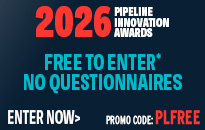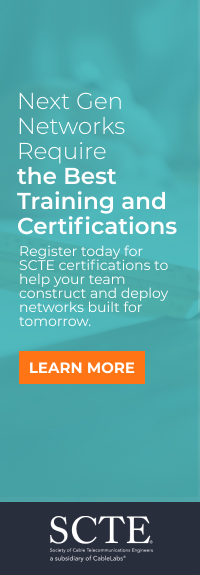Unlocking ROI with GenAI: A Guide to Leveraging Enterprise Data and Ensuring Scalability
Each phase requires meticulous planning and a keen focus on data handling and integration. The journey from experimentation to full-scale deployment is marked by iterative adjustments, ensuring that GenAI is optimized for business goals and compliant with regulatory standards.
Choosing Between RAG
and Fine-Tuned Models
Deciding whether to employ RAG or fine-tuned models depends on various operational and compliance factors. The decision should be informed by considerations such as:
Compliance and Licensing: Fine-tuned models are often subject to stricter compliance and licensing requirements, especially regarding copyright and intellectual property.
While both approaches have advantages, RAG can be more flexible for organizations with stringent compliance needs or fast-changing information. However, fine-tuned models offer deeper customization and are ideal for organizations looking to create a proprietary model that closely mirrors their brand and values.
Advantages of RAG Systems
RAG systems have unique advantages in terms of flexibility and scalability. They work by integrating diverse inputs — emails, chat logs, filesystem contents, coding archives, etc. — in formats optimized for machine processing. This data preparation requires various steps, such as transcription services for audio/video, parsing mechanisms for code, and indexing solutions for fast lookups. By converting raw data into machine-readable formats, RAG systems can deliver highly relevant information at scale.
Additionally, enhanced search functionalities within RAG frameworks make it easier to scale with expanding data volumes. These systems allow organizations to maintain privacy safeguards linked to original data sources, which is critical for companies handling sensitive customer or proprietary information.
Benefits of Fine-Tuned Models
Fine-tuning offers companies more control over model outputs by aligning responses with industry-specific terminology and corporate standards. Despite token limitations in current language models, fine-tuning enables more contextually relevant outputs that capture the unique language, tone, and intent of the organization.
For instance, Red Hat InstructLab on Cloud allows businesses to craft responses that reflect both technical accuracy and brand integrity. Fine-tuning also supports nuanced language use, ensuring that outputs resonate with audiences and adhere to organizational standards. This approach is particularly valuable for customer-facing applications, where accuracy and tone are paramount.



















